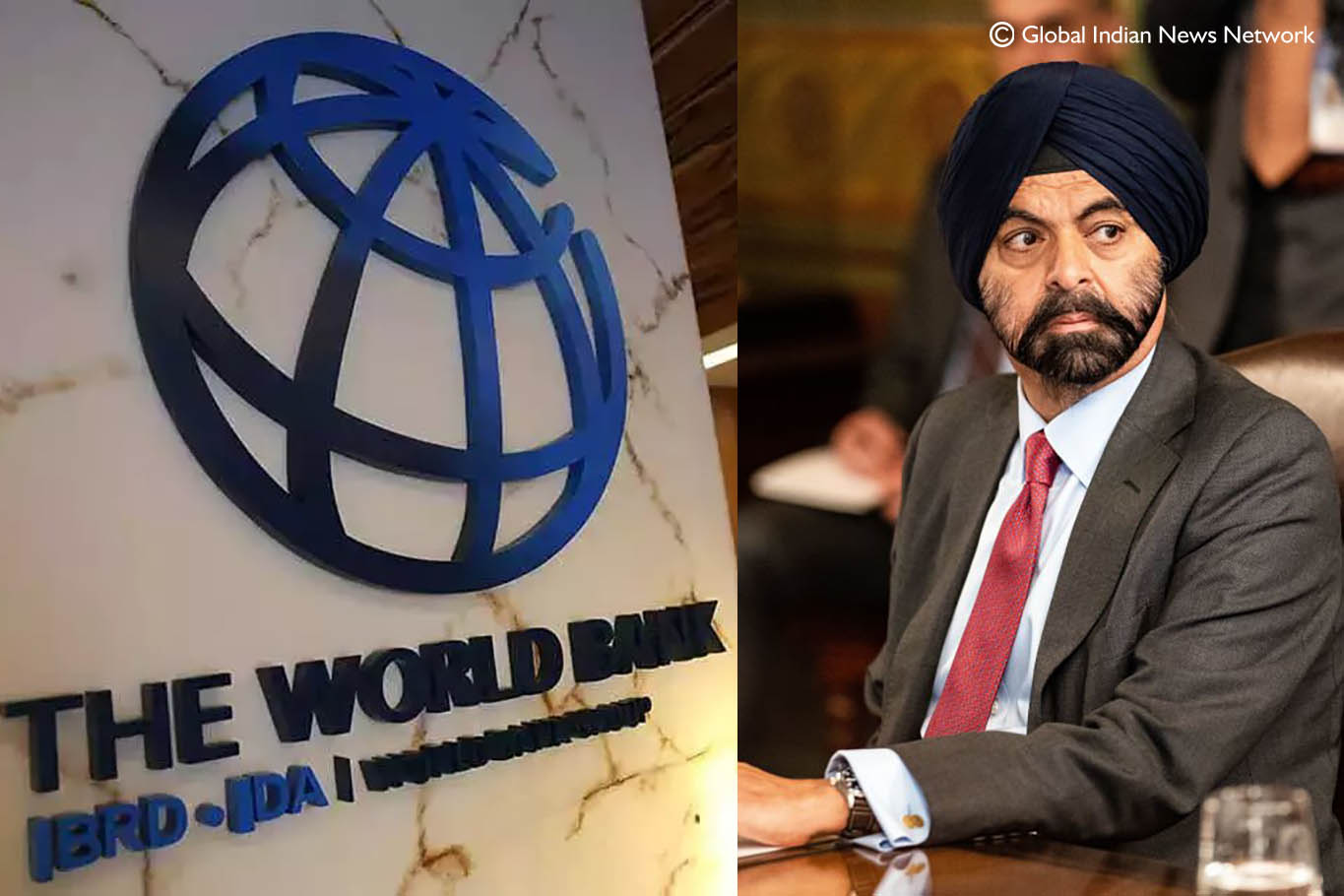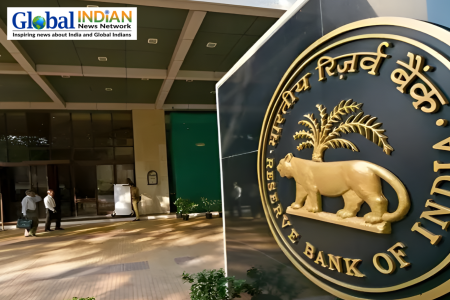 World Bank President, Mr. Ajay Banga, suggests that India’s robust domestic demand will likely shield it from the potential global economic slowdown expected in the first quarter of the coming year. With a significant portion of its gross domestic product derived from domestic consumption, India possesses a natural cushion against any slowdown, even if it were to occur temporarily.
World Bank President, Mr. Ajay Banga, suggests that India’s robust domestic demand will likely shield it from the potential global economic slowdown expected in the first quarter of the coming year. With a significant portion of its gross domestic product derived from domestic consumption, India possesses a natural cushion against any slowdown, even if it were to occur temporarily.
Discussions between India’s Finance Minister, Ms. Nirmala Sitharaman, and the global lending head focused on India’s sectoral priorities, such as municipal financing, logistics, water recycling, and renewable energy grids. India seeks assistance from the World Bank Group to leverage private investments. Additionally, the talks explored ways in which India and the World Bank could collaborate to further the Group of Twenty agenda, given that India is one of the largest markets for the World Bank in terms of its portfolio.
The Finance Minister emphasized the importance of bridging knowledge and technology gaps for future economic development, urging the World Bank to accelerate efforts in sharing India’s development experience with other countries in the Global South.
During his visit to a skill center in the national capital, Mr. Banga commented on India’s potential for growth in high-wage jobs. He noted that India has an opportunity to capitalize on global companies’ efforts to establish factories outside of China as they seek to diversify their supply chains. This window of opportunity, known as the “China Plus One” strategy, is expected to last for three to five years, during which India can attract investments in technology and manufacturing.
Recent investment announcements in India by US corporations, including chipmaker Micron Technology, demonstrate a trend of companies seeking alternatives to China as tensions rise in Asia. Corporations are increasingly adopting the “China Plus One” approach to establish additional production operations beyond China’s borders.












